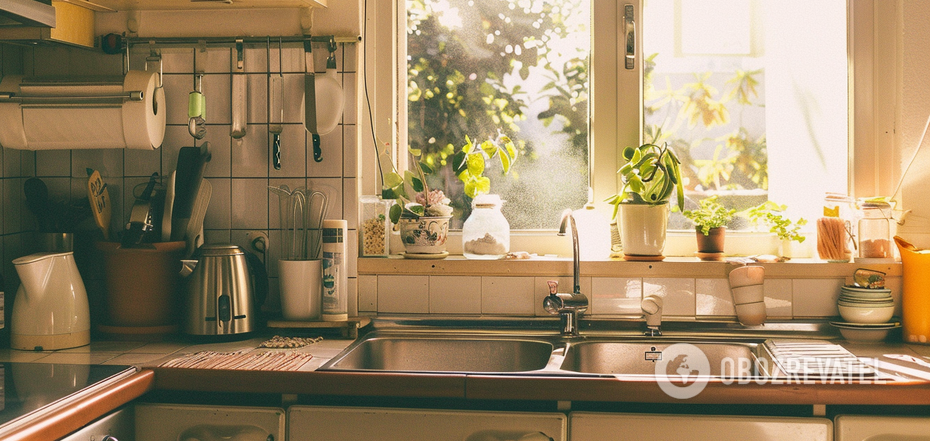Lifestyle
Everyone has one: what things in the kitchen should be thrown away immediately
A cluttered kitchen will look untidy despite all the regular cleaning. It's not enough to just wash the dishes or clean the countertops and sinks, you should also clear out the clutter in the cabinets and on the shelves.
Some unnecessary things not only take up extra space, but also pose a potential threat, for example, by promoting the appearance of mold. Experts have given universal cleaning tips and told us what things to throw away.
Chipped dishes
Cracks and chips are not just an aesthetic problem. Studies have shown that chipped cookware promotes the growth of dangerous germs, such as Pseudomonas, which can cause pneumonia or bloodstream infections. Even if you try to glue the plate back together, there will still be a seam, which also creates unnecessary risks. "Seams where parts have been fixed will absorb moisture more easily and promote bacteria," said expert Forrest Lesh-Middleton of FLM Ceramics.
There are also other dangers. Some cookware contains lead (for greater strength), and the ceramic glaze acts as a protective barrier that keeps it inside. If the cookware cracks or chips, you are at serious risk.
Expired spices
Half-empty and expired spice containers or sachets make a mess in the kitchen. Spice extracts will start to deteriorate after two years. Whole spices are best used in the first three years after purchase, while ground spices should be thrown away after two years and herbs have a shelf life of about one year. The exceptions to these rules are vanilla extract and salt.
Spices are used not only for cooking, but also for cleaning and even pest control. Cayenne pepper can scare away mice, cinnamon can freshen up the house, and scented sachets can protect the closet from moths.
Lots of cups
When it becomes clear that your cupboard is no longer functioning because it is overflowing with items that you hardly ever use, it's time to clean up the mess. Ideally, the number of cups should match the number of people in the family (plus or minus 2-3 pieces). It is worth getting rid of damaged and chipped cups.
Plastic containers without lids
We all have trays that have somehow lost their lids and no longer serve a purpose. However, they still take up space in our kitchen cabinets, even though we will never use them. To avoid this problem in the future, organize your storage drawer so that the containers and lids are always together. Simply fasten the lids to the trays and stack them on top of each other according to size and style.
Old non-stick pans with a non-stick coating
Old non-stick pans not only make a mess, but can also be dangerous, so you should dispose of them as soon as possible. These pans are coated with polytetrafluoroethylene, also known as Teflon, which is a mixture of fluorine and carbon atoms. If you use them at temperatures no higher than 250 degrees, these pans are ideal. However, if you overheat these pans, not only can they release toxic chemicals into the air, but pieces of Teflon will flake off into your food. Although the scientific community is divided on how dangerous this can be, you can be careful.
Cracked wooden spoons
Moisture can accumulate in the cracks, promoting the development of harmful bacteria. Wood is also very porous, which means that bacteria don't just sit on the surface, but also penetrate.
To avoid future damage, wash your wooden utensils properly. Instead of using a dishwasher, try washing by hand with a mild soap and water solution. The dishwasher adds too much water and heat, which will cause splitting and cracking. Allow these items to dry well before putting them back in their drawers to help minimize the risk of bacteria and mold.
Scratched cutting boards
Cutting boards with deep knife scratches should also be discarded. Again, these scratches will trap moisture, which can cause dangerous bacteria to grow.
Plastic cutting boards, like softwood, are more prone to cuts. "This is because they have a higher porosity, which allows the wood to split more easily," said Ben Chapman, a food safety researcher at North Carolina State University.
Subscribe to OBOZ.UA Telegram and Viber channels to keep up with the latest developments.



























